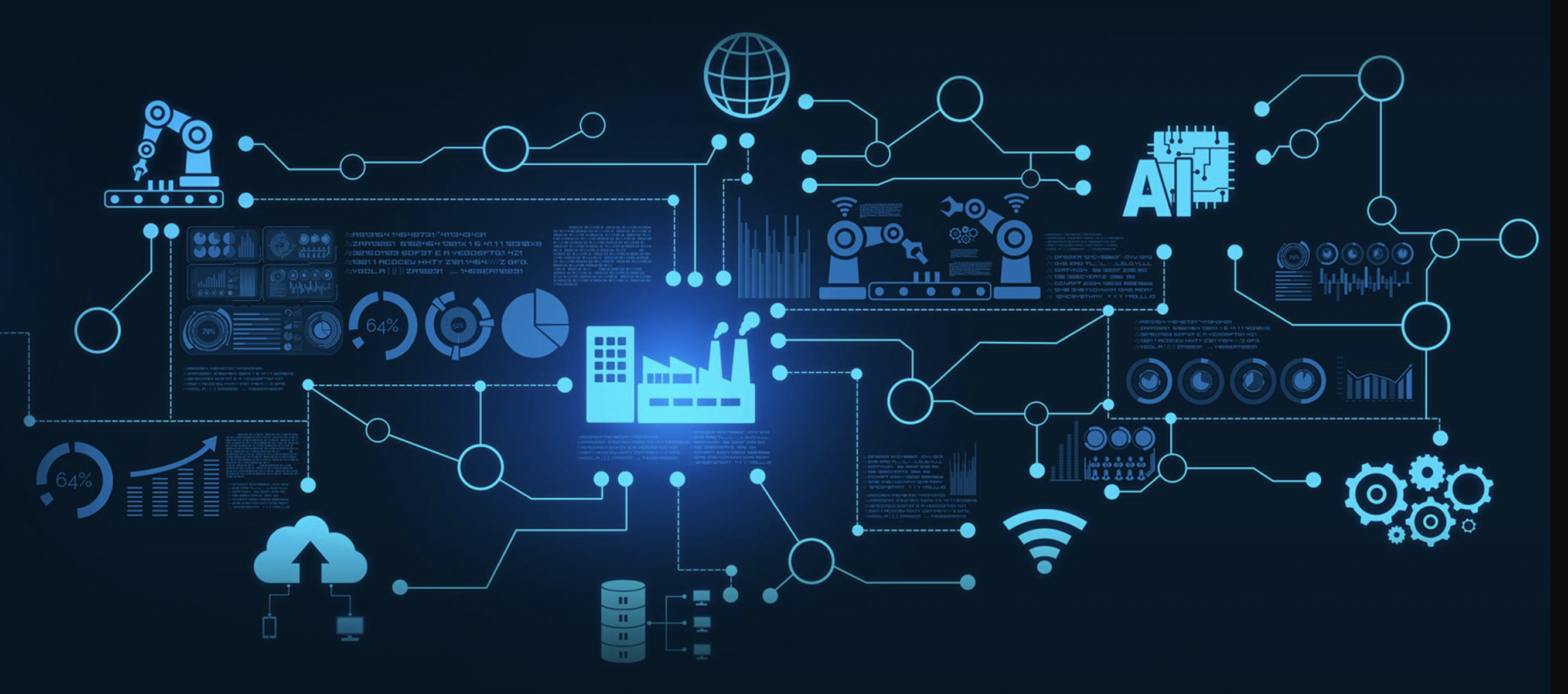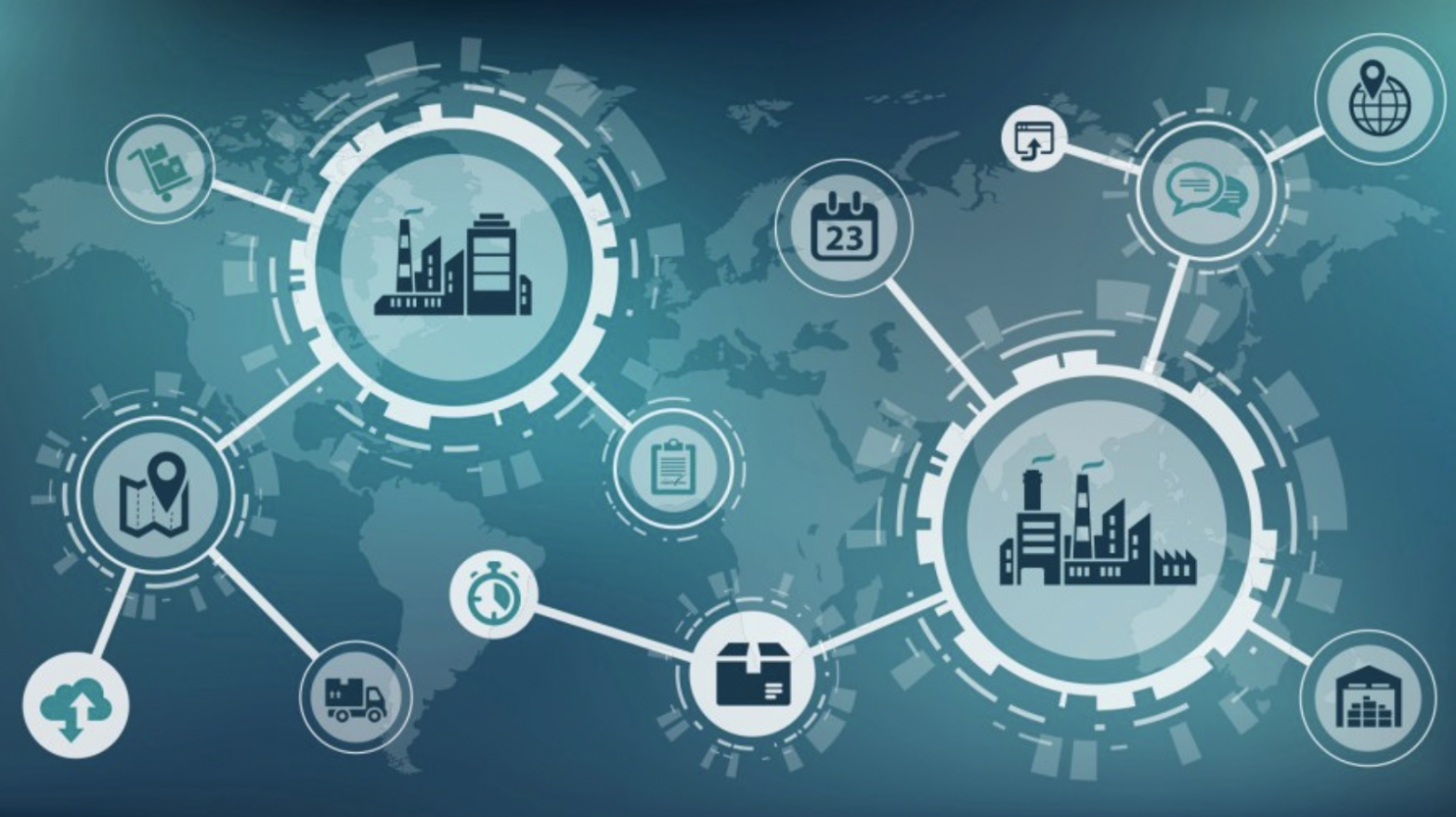Revolutionizing Customer Experience with RPA: How Automation Enhances Engagement and Satisfaction
In today’s highly competitive business landscape, delivering an exceptional customer experience (CX) is crucial for retaining clients and gaining a competitive edge. As technology continues to evolve, companies are increasingly leveraging Robotic Process Automation (RPA) to enhance their customer service operations. RPA, which involves the use of software robots to automate repetitive and rule-based tasks, is proving to be a game-changer in transforming customer experiences across various industries.
Streamlining Customer Support Processes
One of the most significant impacts of RPA on customer experience is its ability to streamline customer support processes. Traditionally, customer service agents spend a considerable amount of time on routine tasks such as data entry, information retrieval, and processing customer requests. These tasks can be time-consuming and prone to errors, leading to delays and frustration for customers.
RPA automates these repetitive tasks, allowing customer service agents to focus on more complex and value-added activities. For example, RPA bots can quickly retrieve customer information from multiple systems, update records, and process transactions, significantly reducing the time customers spend waiting for assistance. This not only improves efficiency but also enhances the overall customer experience by providing faster and more accurate responses.
Personalizing Customer Interactions
Personalization is a key component of a superior customer experience. Customers today expect tailored interactions that address their specific needs and preferences. RPA can help companies achieve this level of personalization by integrating with artificial intelligence (AI) and machine learning (ML) technologies.
By analyzing customer data and behavior patterns, RPA bots can generate insights that enable businesses to deliver personalized recommendations, offers, and solutions. For instance, a retail company can use RPA to analyze a customer’s purchase history and browsing behavior to suggest products that align with their interests. Similarly, a financial institution can use RPA to identify and proactively address customer concerns, such as suggesting a credit card with benefits that match the customer’s spending habits.
Improving Response Times
In an era where instant gratification is the norm, quick response times are essential for maintaining customer satisfaction. RPA can significantly enhance response times by automating the initial stages of customer interactions. For example, when a customer submits a query through a company’s website or mobile app, an RPA bot can immediately acknowledge the request, gather relevant information, and even provide preliminary responses based on predefined rules.
This immediate engagement reassures customers that their concerns are being addressed promptly. Additionally, if the issue requires human intervention, the RPA bot can prioritize the request and route it to the appropriate agent, ensuring that customers receive timely and efficient support.
Ensuring Consistency and Accuracy
Consistency and accuracy are vital elements of a positive customer experience. Inconsistent or incorrect information can erode trust and lead to customer dissatisfaction. RPA excels in maintaining consistency and accuracy by eliminating human errors associated with manual data entry and processing.
For example, in the insurance industry, RPA bots can automate the processing of claims, ensuring that each claim is handled according to the same rules and standards. This consistency not only speeds up the claims process but also builds customer trust by providing reliable and predictable outcomes.
Enhancing Multi-Channel Support
Customers interact with businesses through various channels, including phone, email, social media, and live chat. Providing seamless and efficient support across all these channels can be challenging. RPA can help businesses deliver a unified customer experience by integrating with different communication platforms and automating cross-channel interactions.
For instance, an RPA bot can monitor and respond to customer inquiries on social media, update customer records based on email interactions, and assist live chat agents by providing real-time information. This multi-channel support ensures that customers receive consistent and high-quality service, regardless of the channel they choose to use.
The role of RPA in enhancing customer experience cannot be overstated. By streamlining customer support processes, personalizing interactions, improving response times, ensuring consistency and accuracy, and enhancing multi-channel support, RPA is transforming the way businesses engage with their customers. As companies continue to adopt and integrate RPA technologies, the potential for delivering exceptional customer experiences will only grow, ultimately leading to increased customer satisfaction and loyalty. Embracing RPA is not just a technological upgrade; it’s a strategic move towards a customer-centric future.







